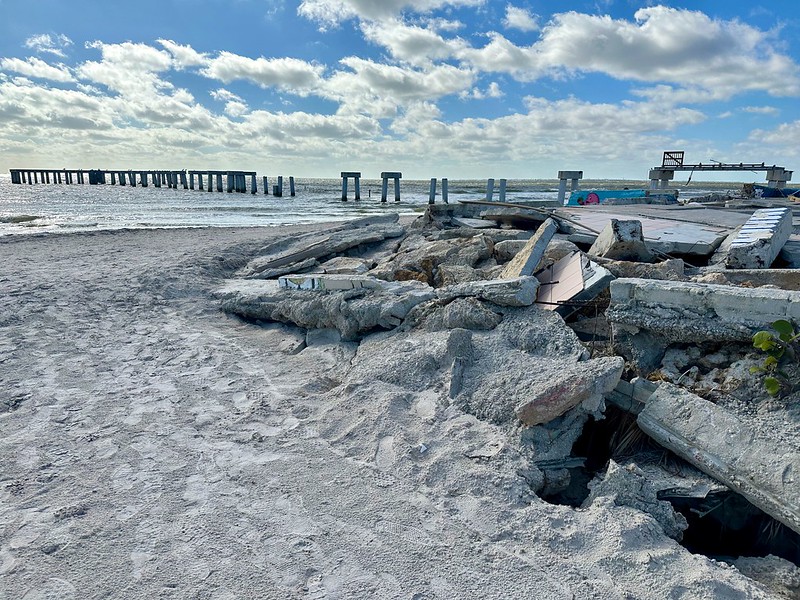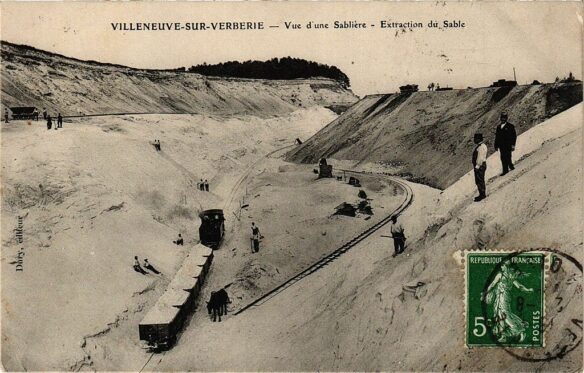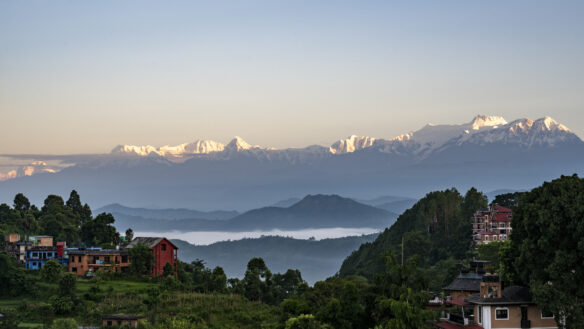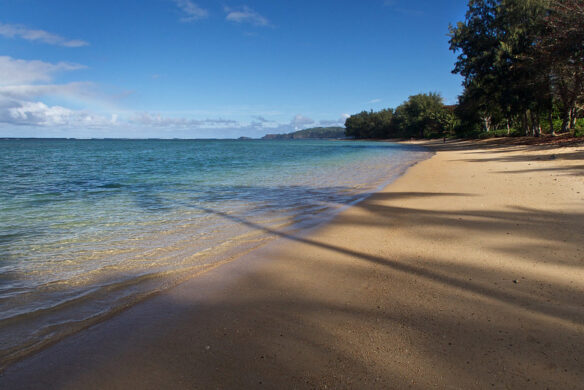Excerpt:
When Hurricane Ian, the costliest storm in Florida’s history, made landfall nearly a year ago, a storm surge as high as 15 feet left the town of Fort Myers Beach nearly submerged for several hours.
Today a drive across the island reveals countless properties recently cleared of debris selling for millions and even tens of millions of dollars…
The rapid redevelopment of coastal communities like Fort Myers Beach in the face of sea level rise and more intense storms and hurricanes mirrors a phenomenon sweeping beachfronts around the world: upscaling, the practice of replacing old or more modest homes, condos and hotels with more expensive versions, largely thanks to the high cost of building up to new storm-resistant codes and the potentially uninsured risks associated with doing so.
Despite their intent to make coastal communities safer and more resilient, Florida’s building codes can actually complicate resilience efforts in the long term. Buildings constructed with concrete and other stiff materials represent a doubling down on Gulf Coast living as climate change makes Atlantic hurricanes more powerful and more likely to hit that very coast. And taxpayers, along with the federal, state and local governments, must foot the bill to maintain eroding beaches and flood-prone coasts.
And yet we could be making other plans for these communities. There are policies that would encourage people to move away from the coast, as well as new possibilities for movable and flexible structures.
Before the storm hit, Fort Myers Beach was a colorful, pleasantly ramshackle town along a fairly perfect seven-mile stretch of sand. Its single-story bungalow homes and condo buildings gave middle-class sun seekers entree into beachside living. Its low-slung motels welcomed travelers from both the Midwest and within Florida. Many returned year after year.
A few bigger hotels, like the Lani Kai, a pastel-colored resort once popular with spring breakers, dotted choice beachfront lots. But as the cleanup efforts finally give way to planning and rebuilding, it looks as if large, high-end hotels and condos will eventually dominate the beachfront. The new version of local color is best embodied by the 254-room Margaritaville Resort, which broke ground in 2021 and has been built, fittingly, on property that was cleared out by Hurricane Charley in 2004. On the beachfront beyond, the construction of multimillion-dollar homes, condos and tourist lodging will undoubtedly soon rev up.
Upscaling is often an answer to overtourism, since higher-end hotels can bring in strong revenue while lowering density: Ten tourists spending a collective $30,000 put less strain on local resources and patience than 60 budget travelers spending the same amount. Resort developers are also encouraged by what they see on the ground, where luxury properties have been outperforming the overall hotel market in terms of growth and market share for years now. For their part, governments welcome the tax revenues generated by lofty room rates.
But upscaling is also a consequence of confronting climate change, especially in the aftermath of a devastating storm like Ian. Stringent building codes and dysfunction in the insurance industry have driven the cost of rebuilding beyond the reach of many current property owners, including small-scale developers. As a result, Fort Myers Beach’s high-end redevelopment has been sped up by years, if not decades, in the wake of Ian…









